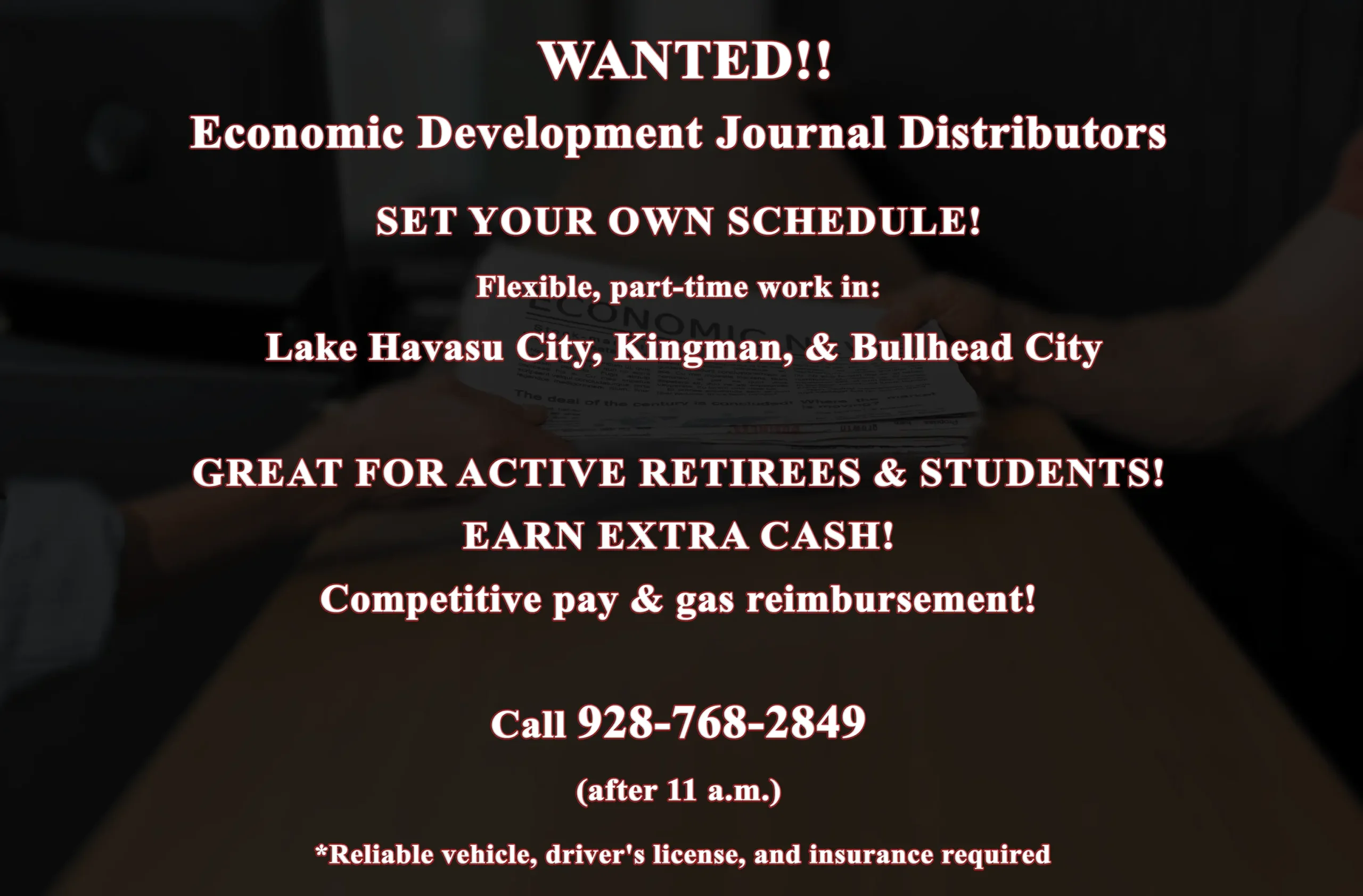ARIZONA — In a bold move, the United Auto Workers (UAW) has launched an ambitious campaign to unionize the entire U.S. auto sector, targeting thousands of workers across 13 major companies, including giants like Tesla, Toyota, Fiat, and Honda. This strategic shift follows UAW’s significant success in winning over 25% pay increases for workers at America’s “Big Three” automakers—GM, Ford, and Stellantis—through simultaneous strikes. UAW President Shawn Fain, riding high on this victory, has set his sights on a broader goal, aiming to negotiate not just with the Big Three but potentially a “Big Five or Six” in the next round of talks in 2028. This plan signifies a departure from traditional union tactics, which usually focus on one company at a time. Instead, UAW is ambitiously targeting the entire sector simultaneously.
Central to UAW’s campaign is a new website, designed to facilitate the unionization process. Workers at each company can sign their union card online, with the site listing several automakers and providing links to individual campaigns for each. A powerful narrative underscores this movement. A video narrated by Fain highlights a stark contrast between the record profits of automakers and investors and the lagging compensation of workers. This disparity is underscored by mentioning the enormous profits made by various automakers, including Tesla, Rivian, and several Japanese, Korean, and German companies over the last decade.
The union’s messaging resonates with many workers. For instance, Jeff Allen, a 29-year Toyota assembly worker, expressed a deep sense of loss over the years, stating that recent raises don’t compensate for diminished health benefits and the physical toll of the job. He believes that a union contract is the only way to secure fair treatment. This sentiment is echoed by workers at other companies like Hyundai, VW, Mercedes, and Rivian, who see unionization as a path to improved safety and benefits.
The UAW’s efforts have already mobilized “thousands” of auto workers, aiming to unionize approximately 150,000 production workers across non-union automakers. This would effectively double the number of unionized auto workers in the U.S. The historical context is significant. The popularity of unions in the U.S. is currently at an all-time high, partly driven by the disruptions caused by COVID-19. Workers, labeled as “essential” but often mistreated, have been galvanized by the pandemic’s fallout and are more open to organizing. This climate of dissatisfaction provides fertile ground for UAW’s expansive unionization efforts.
However, there is a clear recognition that not every company will suddenly vote to unionize, and the union faces challenges unique to foreign automakers in the U.S. For example, while German automakers are typically unionized under one union (IG Metall) in their home country, they are not unionized in the U.S. The task at hand is not only ambitious but also unprecedented.
This backdrop of increased unionization attempts and heightened worker solidarity is contrasted with the realities of the modern labor market. A crucial factor contributing to the push for unionization is the observation that, despite increased productivity, workers’ inflation-adjusted compensation has not kept pace. This trend started around the 1980s and has led to a significant gap between the earnings of workers and their employers. The UAW’s movement thus represents not just a push for better wages or benefits, but a broader challenge to the status quo of labor relations in the U.S.
The response from automakers to the UAW’s unionization campaign has been varied and revealing. Tesla, unique in being the only U.S. car assembly plant owned by an American automaker not represented by a union, has seen its Fremont factory become a focal point. With Tesla’s ambitious plan to ramp up annual vehicle production to 500,000 cars by 2018, UAW sees an opportunity to both increase its membership and advocate for workers it perceives may be exploited by Tesla’s demanding growth needs.
Tesla, which operates more like a tech company than a traditional automaker, offers equity to all its employees, from the ground up. This unique aspect of Tesla’s compensation package brings a different perspective to the unionization debate, as it means production workers can technically be company owners. Tesla has openly acknowledged the hard work expected from its employees, emphasizing that “changing the world is not a 9-5 job.” The company maintains a stance that allows flexibility in schedules, including alternate work weeks, to meet production demands.
Honda, meanwhile, has proactively increased wages for its U.S. production workers by 11%, a move announced shortly after the UAW’s recent contract agreements with the Detroit Three automakers. This wage hike aligns with the strategy of non-union automakers to improve pay and benefits, possibly as a preemptive measure against unionization. Honda has also reduced the time it takes for factory workers to reach the top-wage tier, mirroring a key concession the UAW won with GM, Ford, and Chrysler-parent Stellantis.
The overarching narrative from non-unionized automakers like Honda and Toyota has been to emphasize their history of providing stable employment and income for their employees, while leaving the decision to unionize in the hands of their workers. However, it’s clear that these companies are closely monitoring the UAW’s moves and adjusting their strategies accordingly. For instance, hourly wages at non union automakers are comparable to those at the Detroit Three, but overall labor costs are lower due to reduced spending on health and retirement benefits and the reliance on temporary workers who receive lower pay. This difference in labor costs — an average of $55 per hour at foreign automakers compared to $64 under the previous UAW contract — underscores the economic implications of the union’s campaign.
UAW’s sweeping unionization campaign represents a pivotal moment in U.S. labor history, especially within the auto industry. While the union’s efforts have seen varying degrees of receptivity among different automakers, the broader implications for the industry and its workforce are profound.
The union’s campaign, if successful, could redefine labor relations in the auto industry, setting new standards for worker compensation, benefits, and overall treatment. This would not only impact the unionized workers but could also influence the broader labor market, as non-unionized companies may feel compelled to adjust their policies to remain competitive in attracting and retaining talent.
However, the road ahead is not without challenges. The diverse responses from major automakers, each with its unique corporate culture and operational strategies, suggest that the unionization process will be complex and potentially contentious. Additionally, existing labor laws and the political climate will play significant roles in shaping the outcome of these efforts.
This is more than a story about a union and a group of companies; it’s a narrative about the changing face of work, the value of labor, and the pursuit of a more equitable economic landscape for all workers.
Jeremy Webb
Based in Mohave Valley, Arizona, Jeremy Webb is a dedicated website designer and developer with a keen eye for detail. Transitioning from a background in retail sporting goods management, he now crafts digital spaces that resonate with audiences. Beyond the screen, Jeremy is a passionate writer, delving into topics ranging from business innovations and Arizona’s unique landscapes to the latest tech trends and compelling local narratives. Visit his website at JeremyWebb.Dev




























